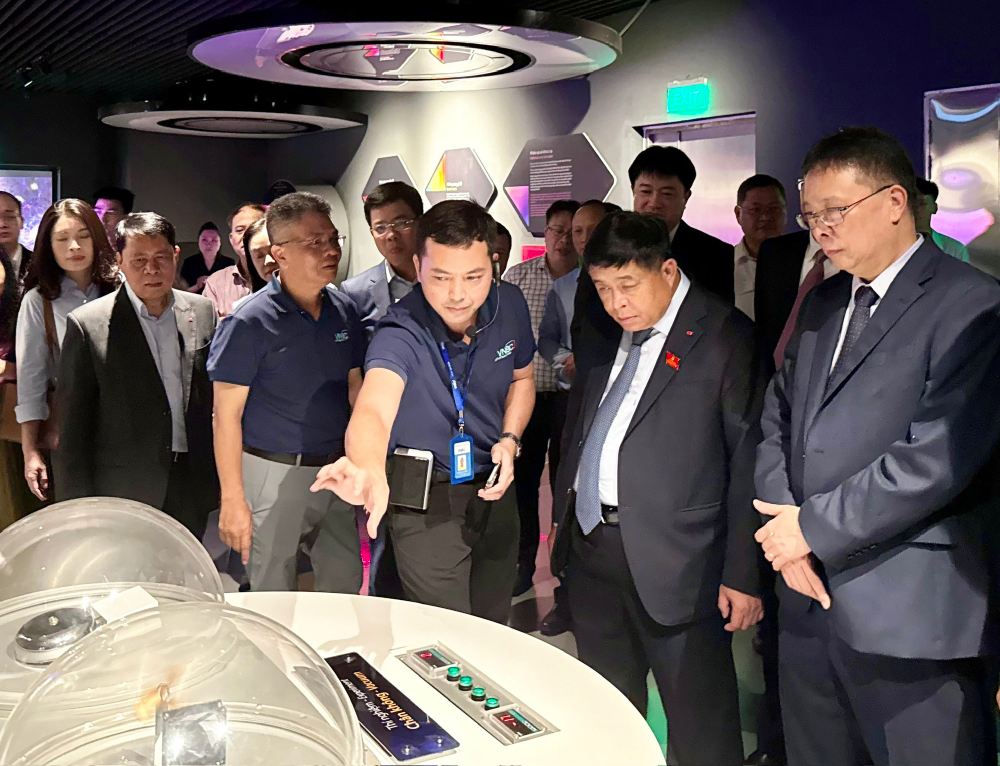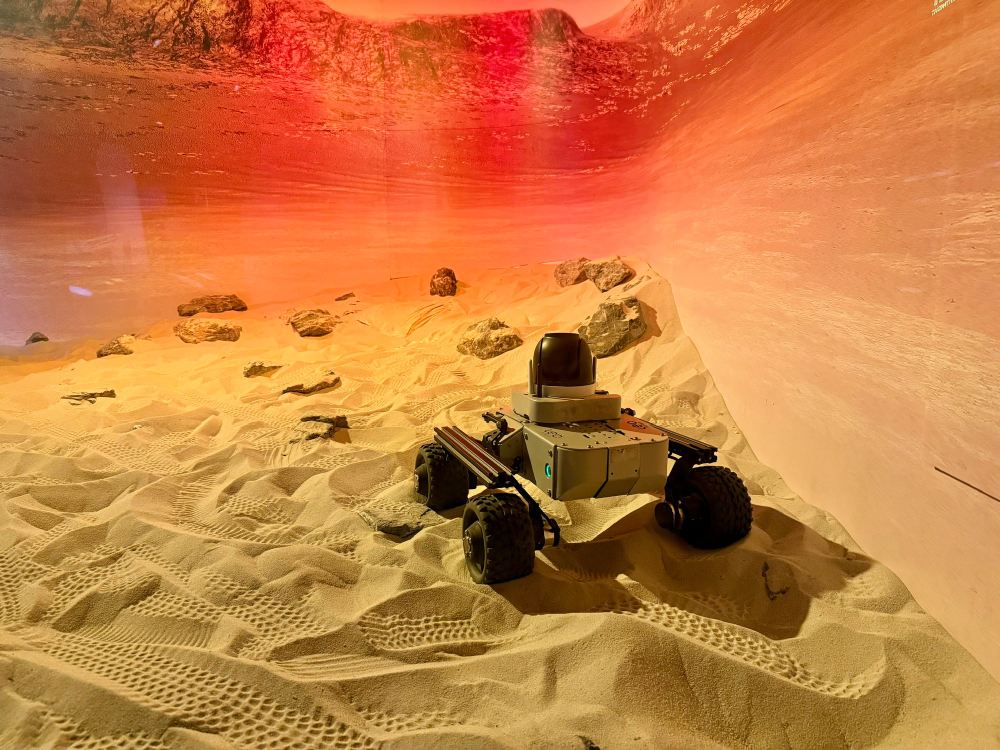On August 21, in Hanoi, Deputy Prime Minister Nguyen Chi Dung attended the opening ceremony of the Vietnam Space Museum and met with staff of the Vietnam Space Center.
The event is an important milestone, marking the tireless efforts over the past 10 years of the collective of experts and researchers of the Vietnam Space Center and the Vietnam Academy of Science and Technology to successfully implement a number of satellite projects and gradually master the technology.
"These results have contributed to affirming Vietnam's capacity for scientific research and technological development in fields with high requirements for qualifications and expertise," the Deputy Prime Minister emphasized.

To continue promoting the role of the Vietnam Space Center, the Deputy Prime Minister suggested focusing on a number of tasks.
Firstly, the Center and the Institute need to focus on implementing well the tasks in the "Story of developing and applying science and technology in space until 2030" and develop a strategic product, the low-altitude Earth observation satellite "Made in Vietnam".
In particular, it is necessary to note that projects and scientific research projects must closely follow practical requirements and have a feasible roadmap.
Second, proactively connect with the national innovation ecosystem (IEC), especially the National Innovation Center (NIC) and pioneering institutes, schools, corporations, and enterprises in the field of space technology (such as Viettel, or SpaceX, Amazon, etc.).
Thereby, optimizing investment resources, taking advantage of specific policy mechanisms, connecting with experts and scientists to promote research activities, applying technology, forming competitive products and services to meet the country's development needs.
Third, focus on training, improving the professional qualifications of experts, research staff, young scientists, forming strong research groups in the field of space science at regional and international levels.

Fourth, promote international cooperation activities; prioritize cooperation with prestigious organizations and large research institutions; take advantage of resources, knowledge, and advanced technology to catch up, progress together, and rise up in the field of space science.
Fifth, proactively upgrade and invest in new infrastructure and equipment according to international standards to meet the needs of research and development of technology and satellite products in the new context.
Sixth, promote STEM communication and education activities. In particular, the Vietnam Space Museum opened today must become a space for learning and inspiration for the younger generation; must become a bridge between science, technology and the universe and life.
On that basis, the Vietnam Academy of Science and Technology and the Vietnam Space Center will become leading research, technology development and satellite manufacturing facilities in Vietnam, gradually becoming the leading research units in the region and the world.
The Government is committed to always accompanying and creating favorable conditions for the Vietnam Academy of Science and Technology and the Space Center to perform well the assigned tasks.











